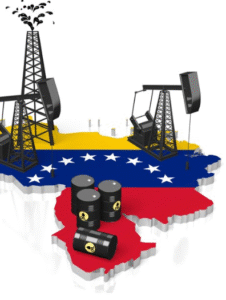$GLD $GOLD $BTC
#UAE #Dubai #London #GoldMarket #Asia #Demand #GoldPrices #AsianMarkets #CommodityTrade #DMCC #Investment #PreciousMetals
Asian demand has been a major force in reshaping the global gold market in 2023, propelling prices to new record highs and changing the dynamics of established trading hubs. One of the most notable developments has been the United Arab Emirates (UAE) overtaking London as the second-largest gold hub in the world. Fueled by increased demand from Asian economies, especially China and India, the UAE’s Dubai Multi Commodities Centre (DMCC) has seen a rapid uptick in the volume of gold traded. DMCC’s strategic positioning, combined with Dubai’s tax breaks and investor-friendly regulatory environment, continues to draw a growing number of traders and investors seeking exposure to the precious metals market.
London’s decline in dominance is illustrative of the shifting trade routes, wherein European demand pales compared to heights reached in Asia. This is not merely a supply-side issue; while physical gold continues to flow from primary producers like Africa and Russia, the end destination is increasingly skewed toward Eastern consumption. London, historically the epicenter of global gold trading, is losing ground as trading hubs like Dubai adapt more effectively to serve the insatiable demand from fast-growing Asian economies. This transition in leadership positions showcases the redistribution of financial power toward Eastern markets, which are increasingly dictating commodity trends. The move by large institutional buyers and retail investors to use Dubai as their primary trading venue stresses the rise of Asia-centric capital flows.
Global financial markets have felt the impact of this shift. Asian economies, particularly China, India’s jewelry sector, and East Asian central banks, have driven demand amid concerns over inflation and currency fluctuations. The price of gold, which climbed to all-time highs earlier this year, has somewhat corrected but remains on a solid upward trajectory due to strong sustained demand. Moreover, investors have progressively seen gold as a hedge against volatility in other asset classes including equities and crypto, such as $BTC. With interest rate volatility continuing in major economies like the U.S., the appetite for asset classes considered safe havens such as gold has persisted. The transfer of interest from London to Dubai has further compounded London’s sluggish performance in comparison to more high-growth commodity hubs.
What does this mean for global commodities trade moving forward? It underscores a more profound realignment in trade and finance wherein Asian economies continue to challenge and restructure long-standing trade frameworks previously centered in Western financial capitals. The speed at which Dubai rose to surpass London highlights not just regional changes, but also how responsive and adaptive markets like the UAE can be when their growth is coupled with booming demand from the East. This repositioning also suggests that Asian investors and governments may seek to wield more influence over the global gold market, possibly leading to additional shifts in financial power.











Comments are closed.